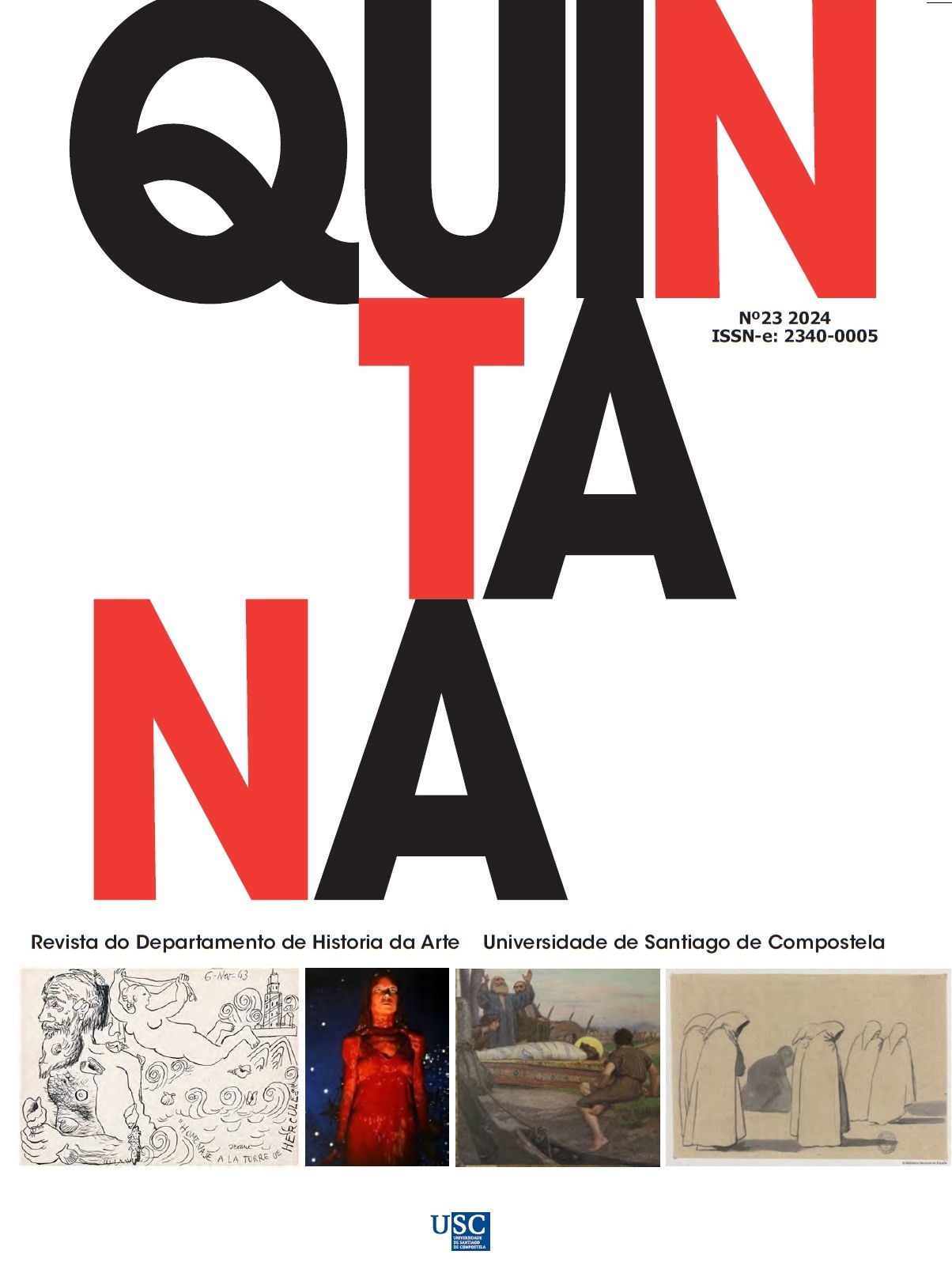
Quintana: revista do Departamento de Historia da Arte is an annually published journal founded in 2002. It publishes original research works in any of the subfields belonging to the field of arts, without excluding the interdisciplinary approaches that enrich this kind of study. The journal is open to national and international contributions, both in the section Tema ‘Topic’, with invited authors for each monographic topic, and in the section Colaboracións ‘Contributions’, which receives articles with a free topic.
Quintana is indexed in SCOPUS, ESCI, ERIH PLUS, REDALYC, IBA, BHA, AATA, REGESTA IMPERII, Fuente Académica Premier, TOC Premier, ISOC, ULRICH, DIALNET, REDIB. The category ANEP is A.
In the RESH index, Quintana occupies, in the period 2004-2008, position 22 of 40, and in the IN-RECH index, position 20 of 46, among Spanish journals in Art History with most impact. The index that measures the impact is the citation index and, to calculate it, the citations in the main Spanish scientific journals and the citations received at the Web of Science have been taken into account.
The digital portal of Quintana is published in Galician, Spanish and English; the languages of publication are the Galician, Portuguese, Catalan, Spanish, French, English, Deutsch and Italian.




